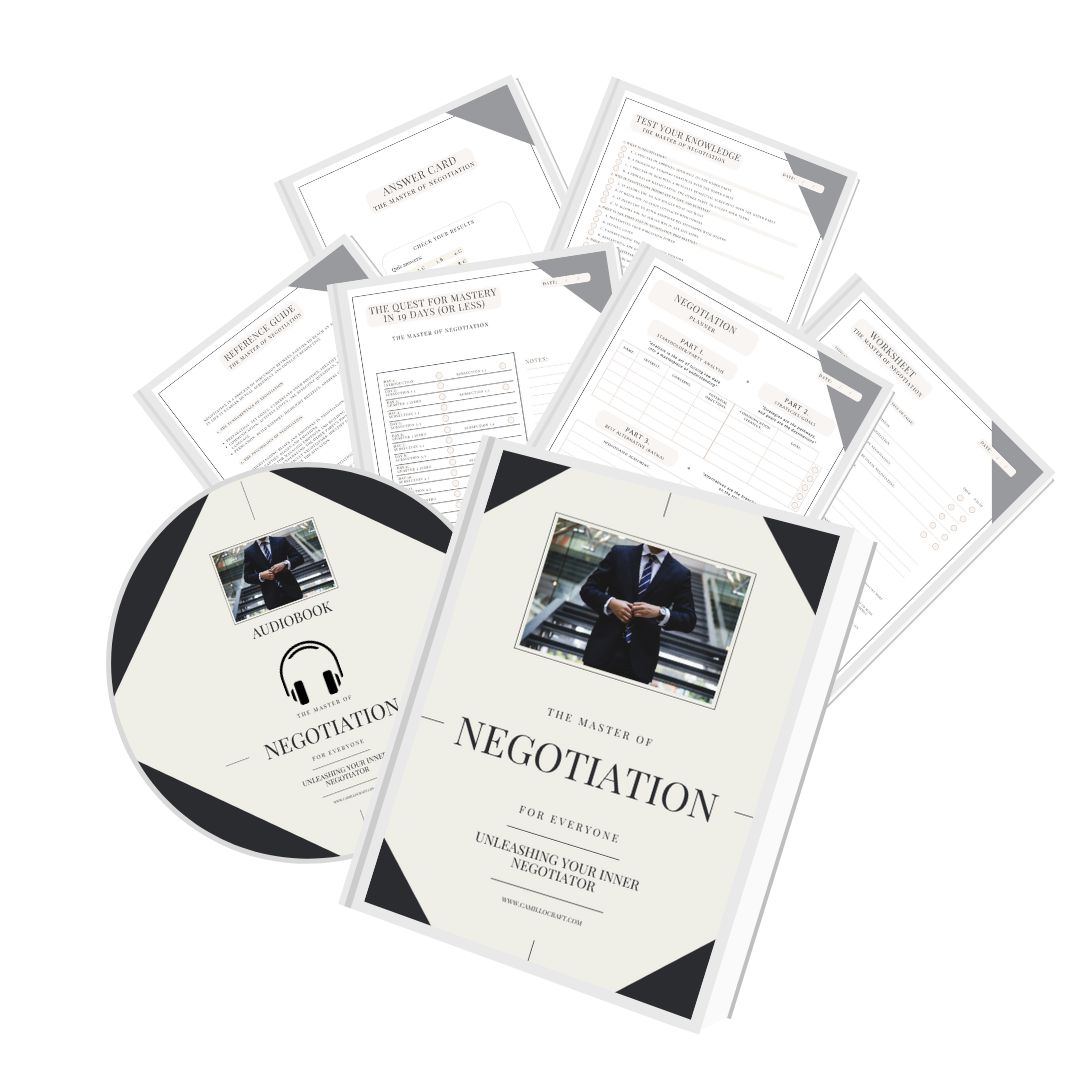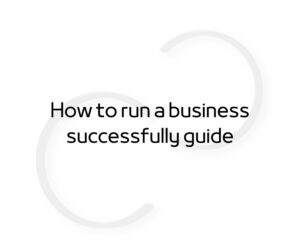Do you know what the work-life balance is all about? I’m going to analyze some facts and what impact it has on our lives. Are you feeling overwhelmed and tired? Are you working too hard and too much? Maybe you’re just curious about it?
You will never feel truly satisfied by work until you are satisfied by life.
Heather Schuck

The definition of work-life balance
I’m a person who admires uncovering purpose in life. Finding work-life balance is discovering that sweet spot where your career aspirations coexist harmoniously with your well-being. I understand that approach – life is not only about work, but for some people it’s the only thing to do. I don’t deny it, yet they’re the ones who do the most on a broader scale.
But finding balance in life is crucial for most of us. Life is not only about work – it’s about family, hobbies, health, and, yes, a little relaxation too.
Combine time management, boundaries, and self-care and try to keep it aligned. If you do it right, it can lead to increased job satisfaction, better mental health, and – surprisingly – even a productivity boost! So don’t miss the importance of work-life balance in your journey too.
The essence of finding that work-life balance in life
Let’s get back to the initial questions – ever find yourself caught in the perpetual hustle, wondering if there’s more to life than endless to-do lists and threatening deadlines? Spoiler alert: there is, and it goes by the name of work and life balance.
Your mind needs a break – the brain is a powerhouse of body and life. But even a powerhouse needs downtime. It prevents burnout allowing you to return to work with a boost of focus and creativity. Life is all about balance, so push that reset button!
Health is wealth – imagine that you are the CEO and your body is the company. Neglecting your health for the sake of work is like ignoring the maintenance needs of your most valuable asset and your work-life harmony is in danger.
Paradigm shift – now success is evaluated by the sheer volume of tasks tackled. A happy work life directs attention to the quality rather than the quantity of labor completed.
It’s a ripple effect – a performance that influences the environment. Are you happy at home? You bring that positivity to the office; thriving at work. Your personal life gets the rewards. This is the essence of balance between personal life and work.

Finding balance in life with these key concepts
Balancing work and personal life effectively may be easier when you explore the key components of it:
- Flexible work hours – it’s the backbone of balancing work. Sync your professional commitments with the rhythm of your personal life and balance family and work.
- Supportive workplace culture – communication is the key (not only in that matter). A workplace that encourages open dialogue about workload, expectations, and challenges fosters an environment where balancing work and family becomes a shared goal.
- Personal boundaries and self-care – recognize when to hit pause, take a breath, and recharge your batteries for a healthy work-life balance.
- Time management – organizing and prioritizing tasks allows you to also begin managing work-life balance. Work smart, not hard, right (working smart and hard is for advanced players)?
- Interludes for renewal – take breaks, go on vacations, and fully disconnect during time off to maintain life balance. As I mentioned earlier – we need that reset button.
- Overture to health – wellness programs like fitness initiatives or mental health resources contribute to your overall well-being while being part of a busy work life. Get that feeling of energy, and focus, and get ready to conquer!
Workplace wonders with worklife balance
1. Microsoft – a masterclass in flexibility.
They’re shifting the focus from strict office hours to outcomes with a “Results-Only Work Environment” (ROWE). This approach empowered employees to choose when and where they work, promoting a culture that values productivity over mere presence.
2. Google – the art of blending work and play.
They’re promoting an environment where employees can explore personal projects and interests alongside their professional responsibilities. This innovative approach fosters creativity and also encourages a healthy worklife blending.
3. SAS Institute – focus on employee well-being.
They’re prioritizing health and work-life balance with on-site healthcare and childcare facilities to a 35-hour workweek. Their commitment to creating a supportive environment has led to high employee satisfaction and retention rates.
4. Patagonia – champions environmental sustainability.
They’re embracing the company’s culture of adventure. Flexible schedules, on-site childcare, and a commitment to work-life harmony have earned Patagonia a reputation as a workplace where employees can thrive both personally and professionally.
5. Buffer – remote work pioneers.
They’re focusing on clear communication, transparent decision-making, and a results-oriented approach in a fully remote company. This structure allows employees to craft their workdays, promoting autonomy and a healthy work-life balance.

Tips for achieving work-life balance as an individual
Ok, so now we know how it is in companies and workplaces. But what about the balance between work and life in a solo scenario? What is the most important in finding that sweet spot, when you’re your employee and employer?
1. Strategize your time
Strategize it wisely. Identify your most crucial tasks, set priorities, and tackle high-impact activities first. This strategic approach ensures that you’re not just busy but productive, leaving room for personal pursuits.
Time is your most precious currency.
2. Set clear boundaries
Learn to say ‘no’ when necessary – to additional projects, endless meetings, or anything that might tip the scales. Establishing clear boundaries not only preserves your time but also communicates your priorities to others.
Boundaries are your shield in the battle for balance.
3. Flexibility and adaptability
Adopt the unpredictable nature of life and work by incorporating flexibility into your routine. Adjust your work hours, explore remote work options, or stand open to unexpected opportunities.
Be like a river that finds a way around obstacles.
4. Time management techniques
Experiment with techniques like the Pomodoro Technique, the Eisenhower Matrix, or time blocking. Find the rhythm that suits your work style and helps you maintain focus without feeling overwhelmed.
Become a maestro of your own time.
5. The pause button called Mindfulness
Take moments to breathe, reflect, and be present. Start with a short meditation session, a walk in nature, or simply savor your morning coffee.
Mindfulness is the art of observing without attachment
6. Collaboration and delegation
Delegate tasks when possible. Whether at work or home, recognizing when to distribute responsibilities can lighten your load and create space for breathing or other duties.
You don’t have to carry the entire workload on your shoulders alone.
7. Assess and adjust
Assess your priorities, evaluate your goals, and adjust your approach accordingly. A periodic tune-up ensures that you stay on course, adapting to the changing rhythms.
Balance is a dynamic state that requires regular check-ins.
This may help you achieve that perfect work-life balance
The first step to know how to achieve work-life balance may be learning how to negotiate. And, it happens to be one of the benefits of using one of my products! Feel free to change conditions in your work with new negotiation skills. Equip yourself with knowledge and move towards achieving work-life balance!
For more details, explore my Negotiation skills course.
The future of work-life harmony
We’ve seen recently how scapes of different fields of our lives can change in a blink of an eye. The same goes for work-life balance; the work landscape is evolving faster than you think. I want to explore some ideas on how it can transform.
- Hybrid work models – flexibility will no longer be a perk but a standard feature. Companies will adopt hybrid work models, allowing employees to toggle seamlessly between home and office. The traditional 9-to-5 will morph into a fluid schedule tailored to individual preferences and peak productivity hours.
- Technology as a work ally – Artificial intelligence, virtual assistants, and smart technology will streamline tasks, allowing for more focused and efficient work. It’s happening before our eyes, so it may not be so distant to be a standard in most places. It’s almost certain that technology will play a pivotal role in shaping a future where work complements life.
- Focus on well-being – Employers will prioritize mental health initiatives, offering resources and support to combat burnout. Companies will recognize that a content and healthy workforce is not just good for employees but is a strategic asset that contributes to long-term success.
- The results-based culture outcomes over hours – Results-based cultures will become the norm, empowering employees to take charge of their schedules as long as they meet objectives. This will foster trust and autonomy.
- Lifelong learning and adapting – As industries evolve, employees will adapt by acquiring new skills as a standard. They will invest in ongoing training programs, promoting a culture of growth and adaptability. This focus on learning will allow individuals to stay relevant and in control of their career trajectories.
- Quality over quantity – Rather than measuring success solely by professional achievements, individuals and organizations will gauge success by the quality of life it affords. The pursuit of a fulfilling personal life will be considered a marker of overall success.

Conclusion
The idea of balance between personal life and work isn’t a distinct concept anymore. With analysis of results and data from different companies and workplaces, we can see more interest in quality over quantity. Combining this with the technology revolution regarding AI and its capabilities we can assume that it will go only that way.
One truth resonates – work-life balance is not a static state but a dynamic flow. With a peek into the future – a workplace that values well-being, embraces flexibility, and defines success beyond traditional metrics is most likely destined to succeed. The journey toward balancing family and work is not without its challenges, but it’s a journey worth taking – one that leads not only to professional achievements but to a life well-lived. Once a distant concept, work-life blending has evolved into a tangible and essential part of the modern work-life!
What about you? Do you agree? Are you already implementing it into your work life? Or maybe you’re about to start?
FAQ: Work-life balance in today’s world
Q1: What exactly is work-life balance?
It’s the equilibrium between the demands of your professional life and your personal life. It involves managing time, setting boundaries, and prioritizing well-being to achieve harmony.
Q2: Why is work-life balance important?
A2: Work-life balance is crucial for mental health, physical well-being, and overall satisfaction. It helps prevent burnout, enhances productivity, and contributes to a fulfilling life both inside and outside of work.
Q3: How can I achieve work-life balance as an individual?
A3: Prioritize tasks, set clear boundaries, embrace flexibility, practice time management, incorporate self-care, delegate when possible, and regularly assess and adjust your approach.
Q4: What are some signs of an unhealthy work-life balance?
A4: Signs include chronic stress, fatigue, decreased productivity, strained relationships, and a constant feeling of being overwhelmed. If you’re consistently sacrificing personal time for work, it might be time to reassess your balance.
Q5: How can companies promote work-life balance?
A5: Companies can foster work-life balance by offering flexible work arrangements, promoting open communication, providing wellness programs, encouraging breaks, and creating a supportive workplace culture.
I’m here to help you in your journey. If you have any questions – feel free to contact me.
Check out my X (Twitter)!






wow, what a nice article
I need that break and a nice balance
My boss is not very open to talk tho 😀
I’m sure there is a way to do it, good luck!
I like your style, keep it up!
Thank you! Feel free to stay!
that’s what we really need, that sweet work and life balance!
I agree!
nice job, nice article man
Thank you!